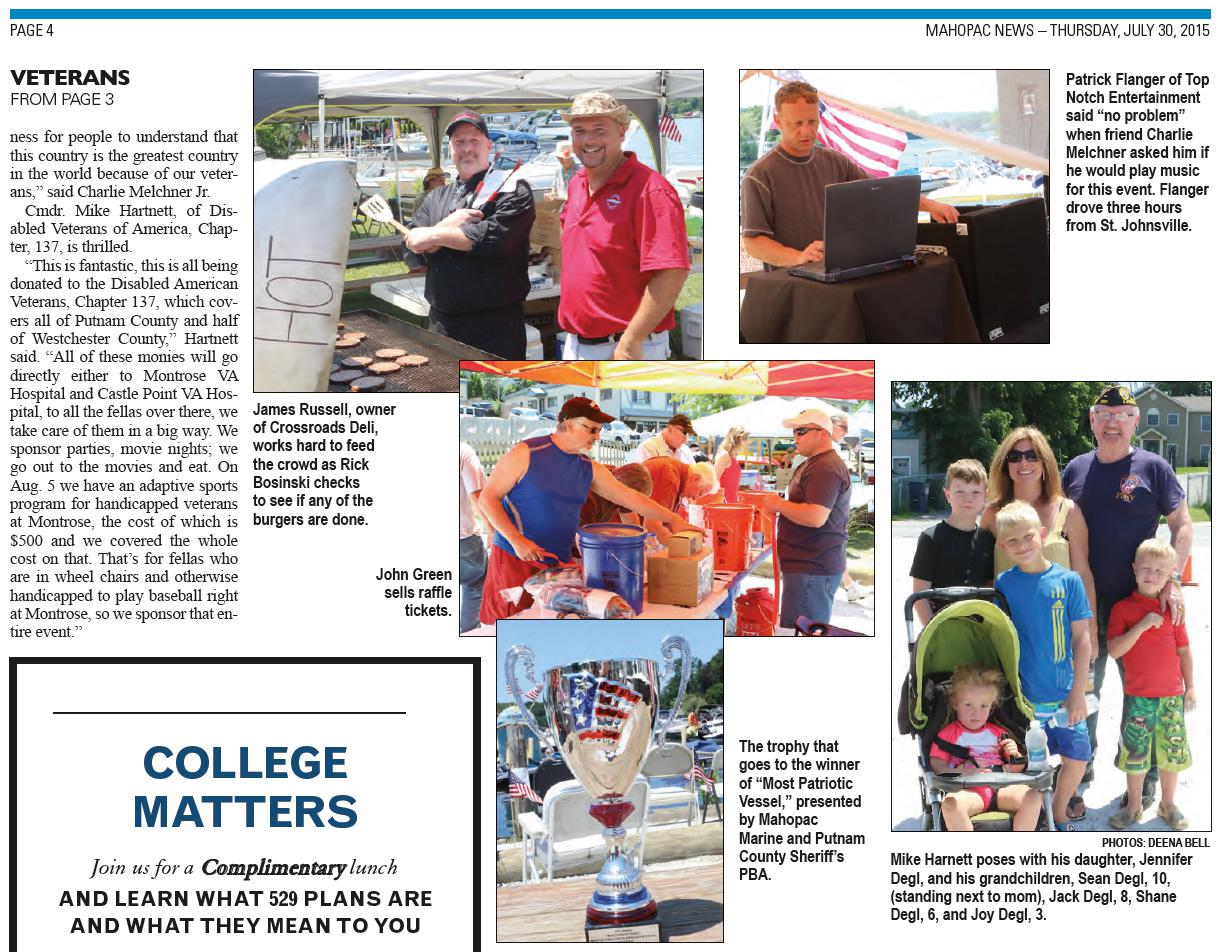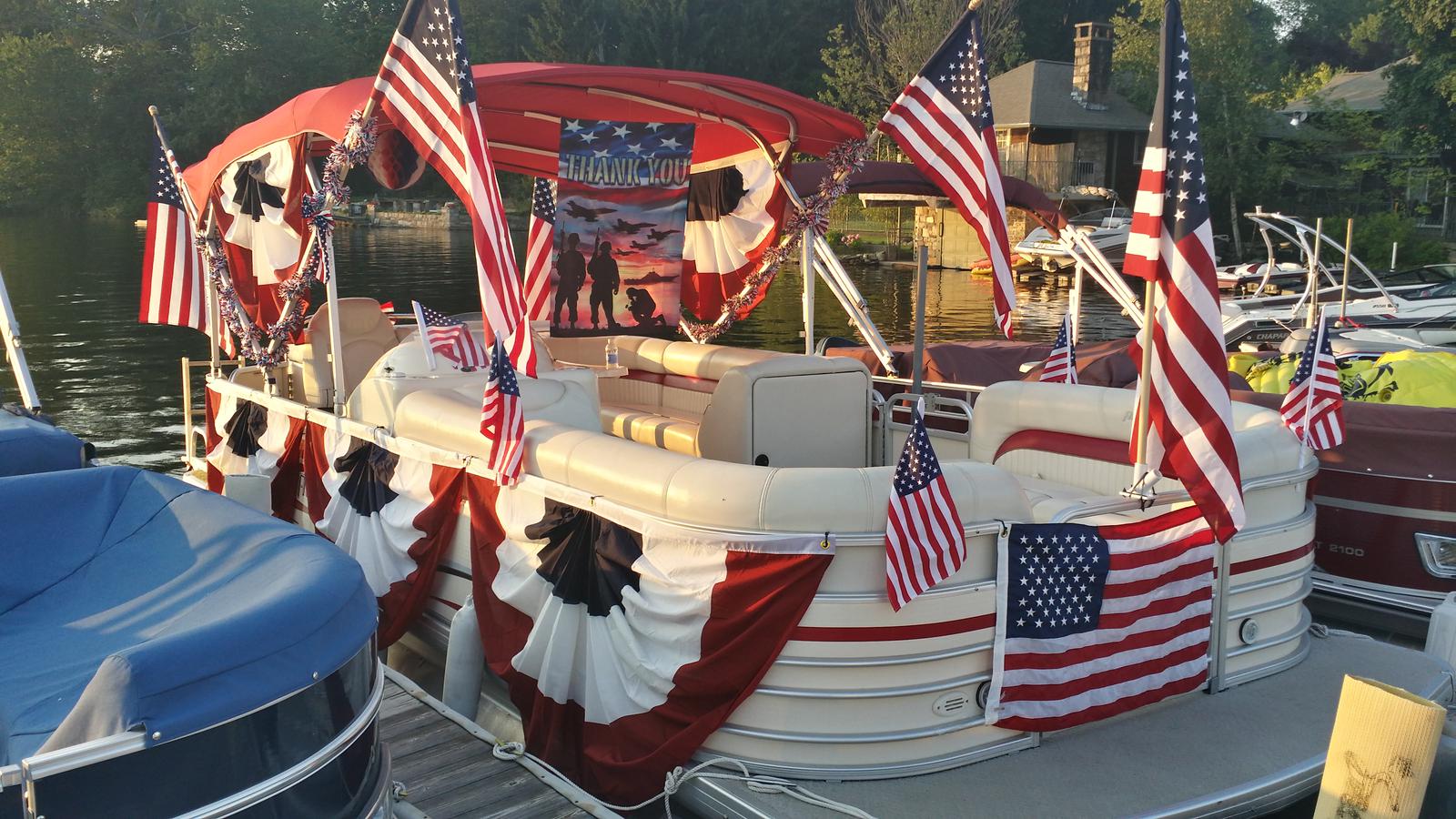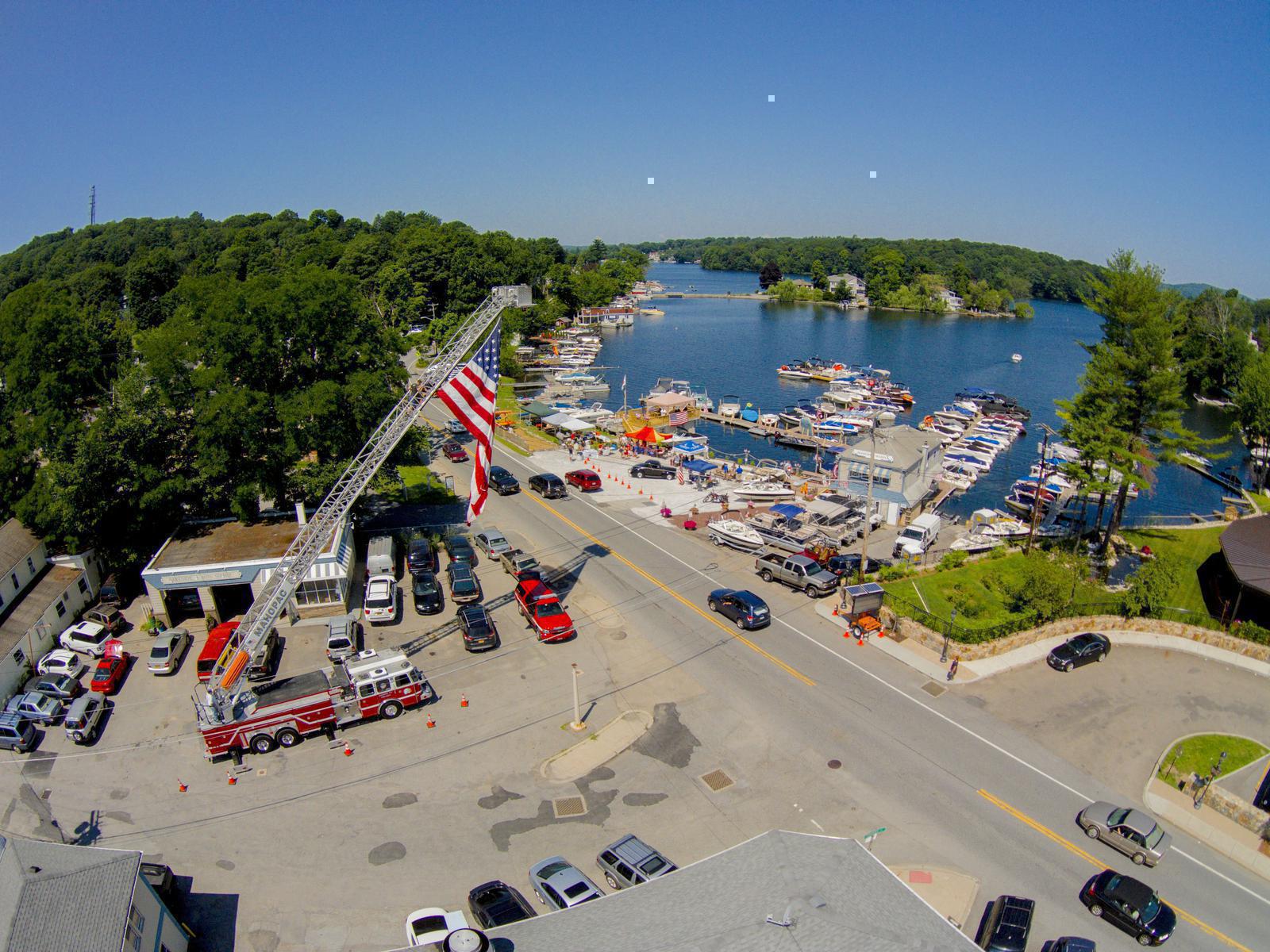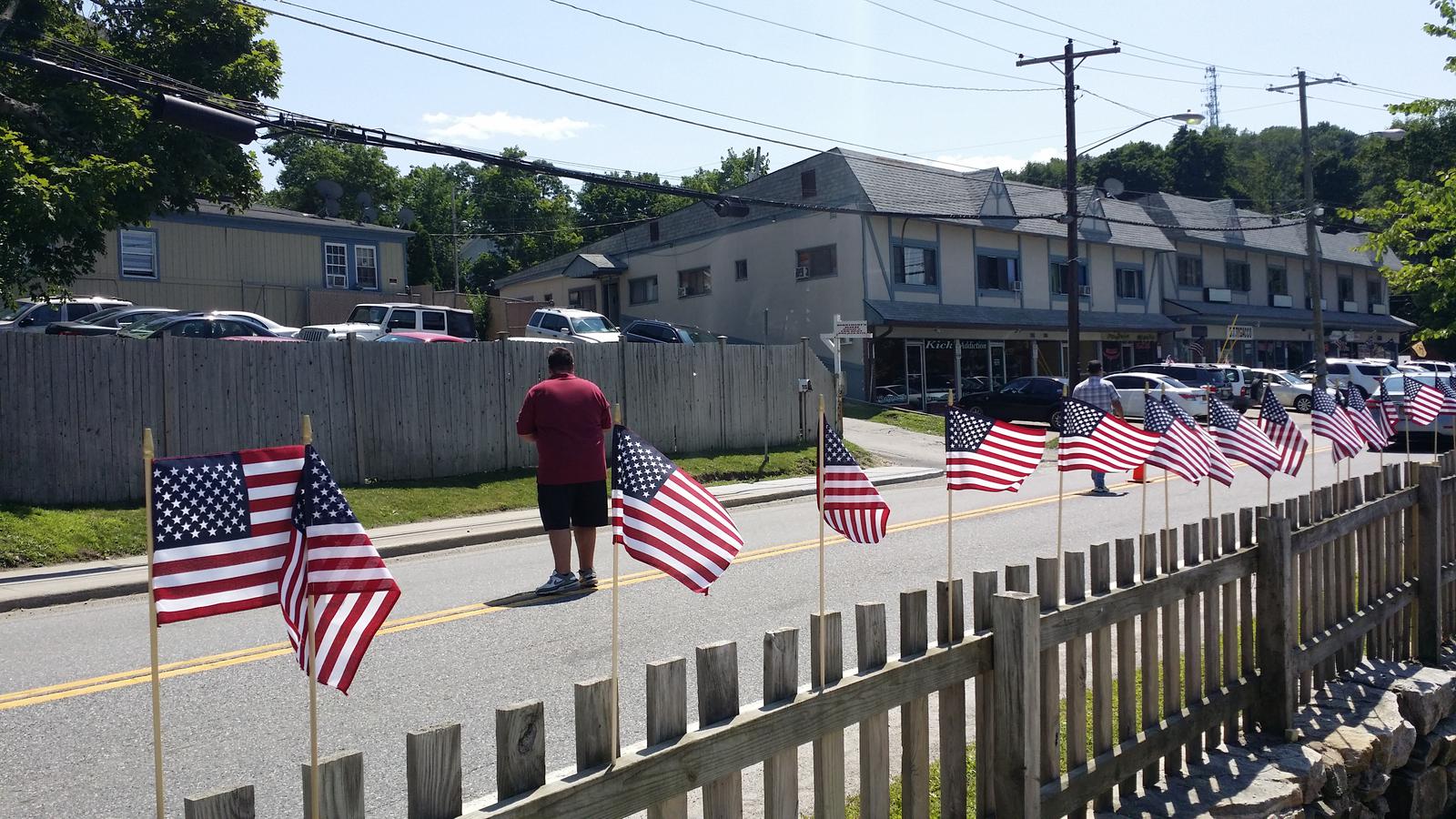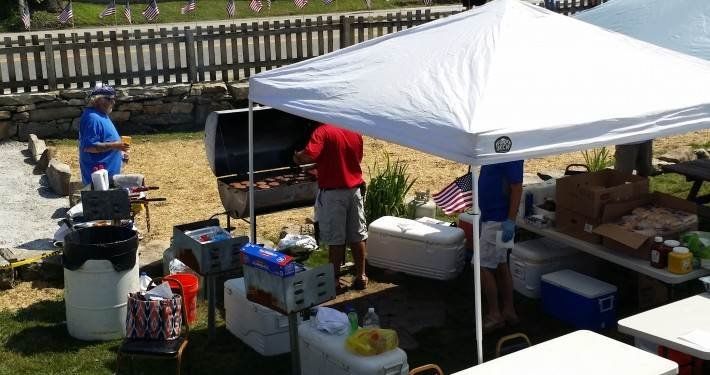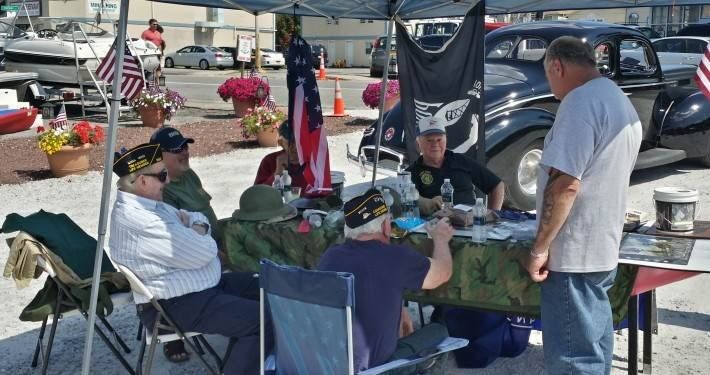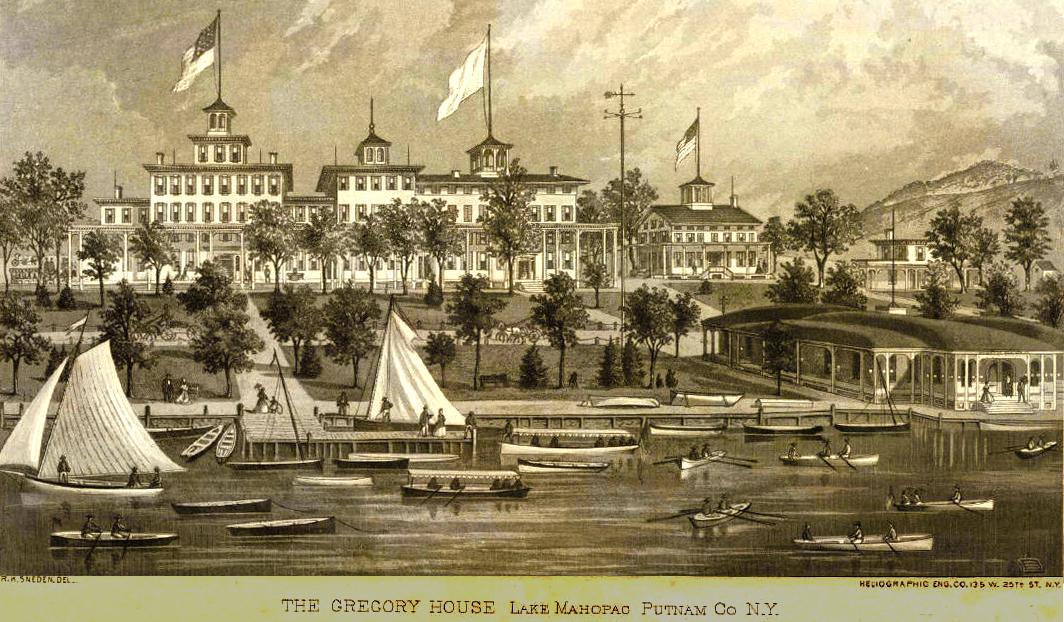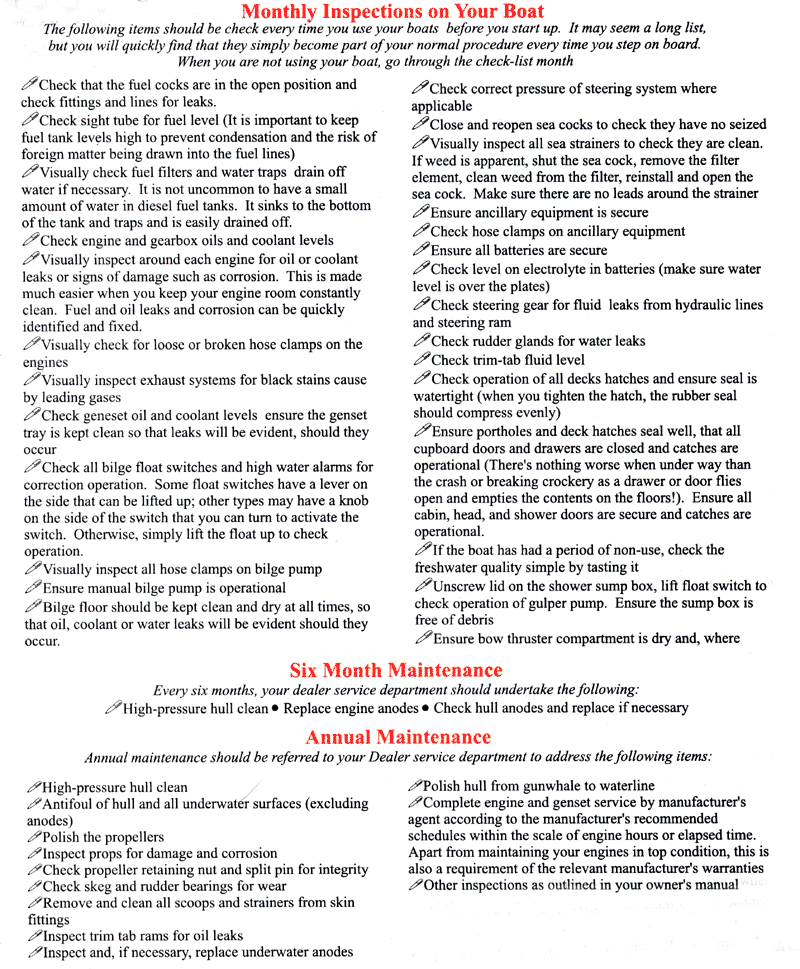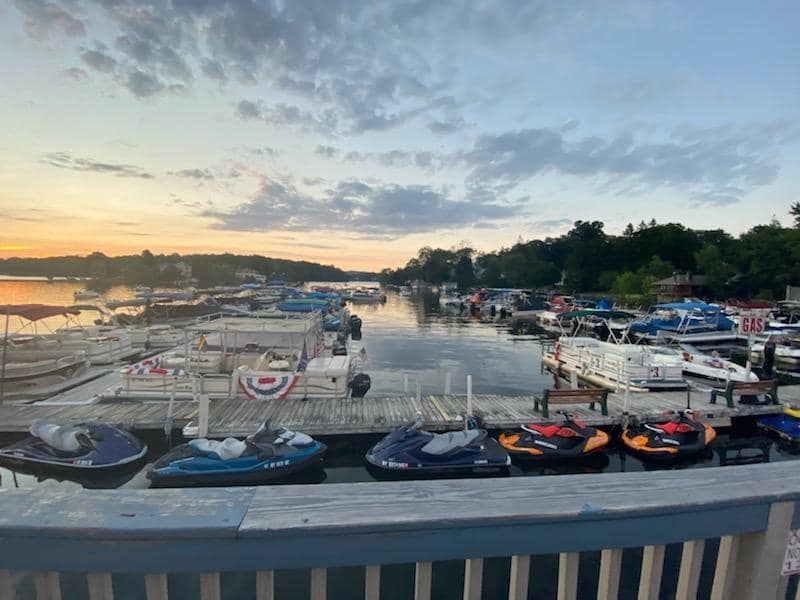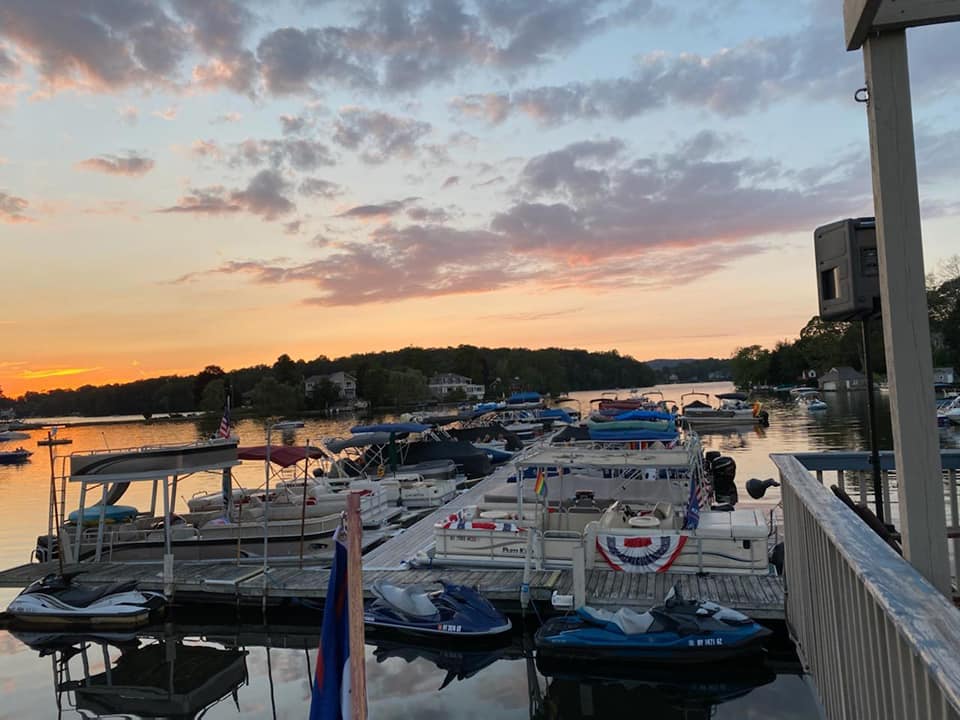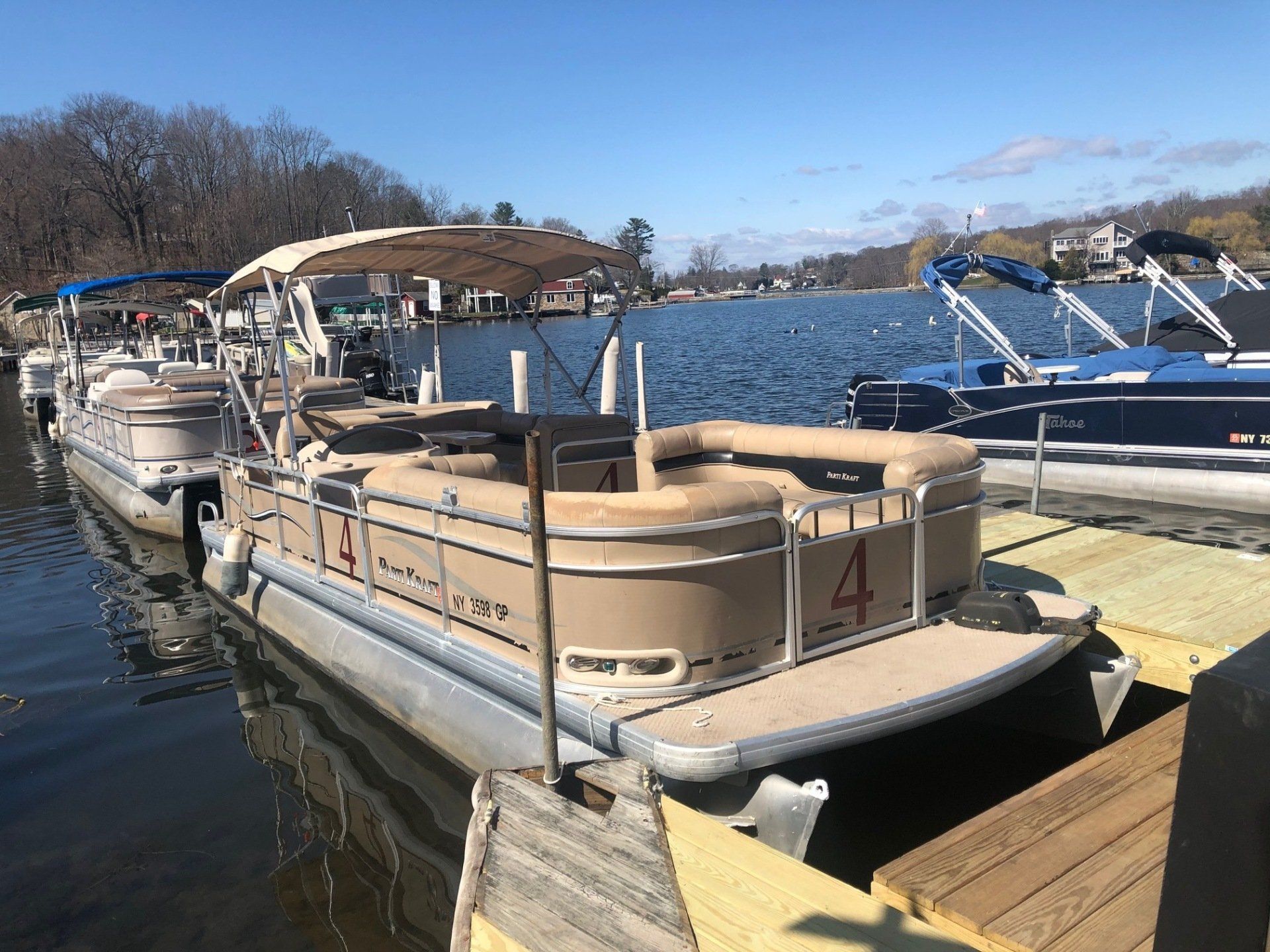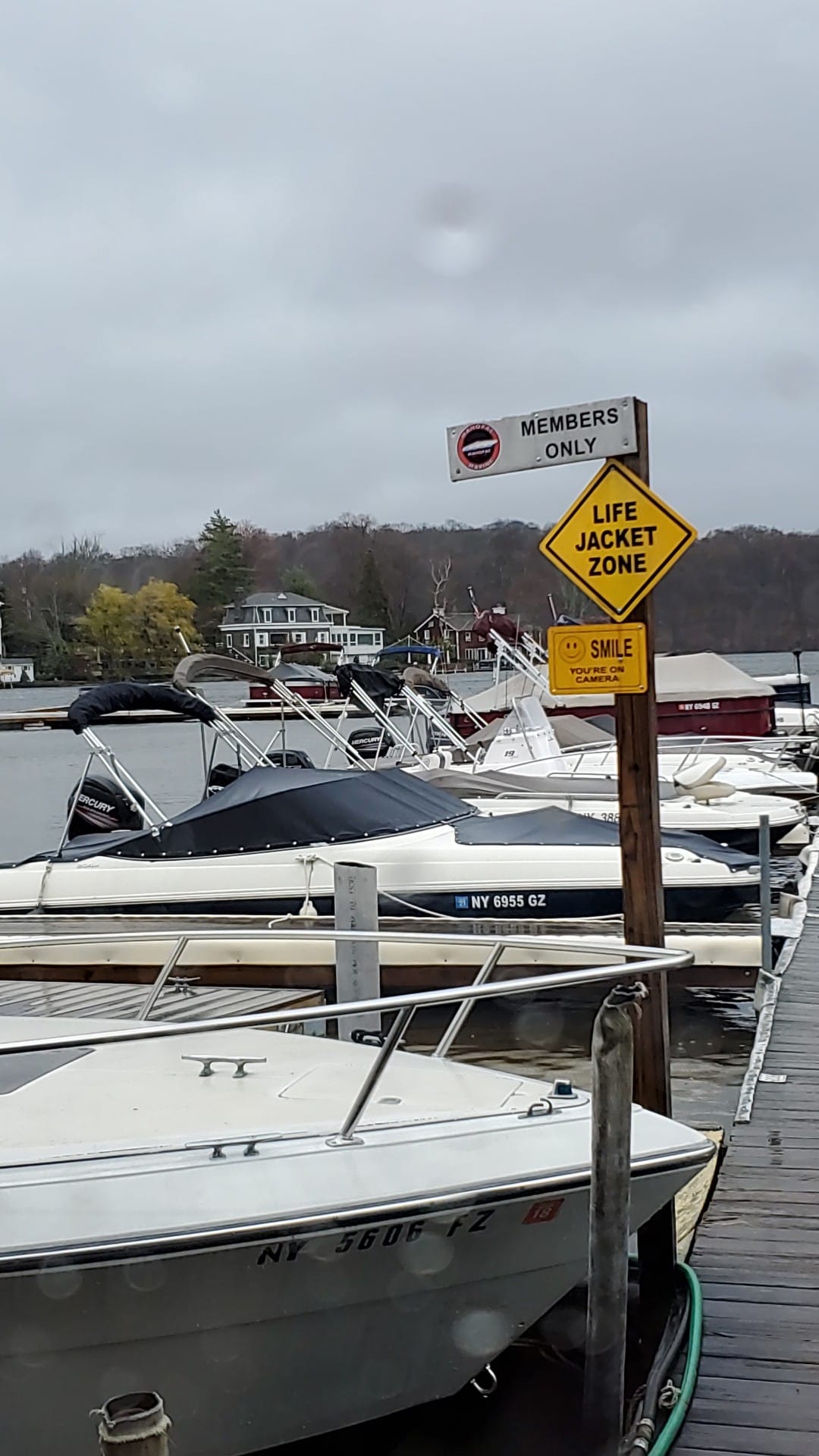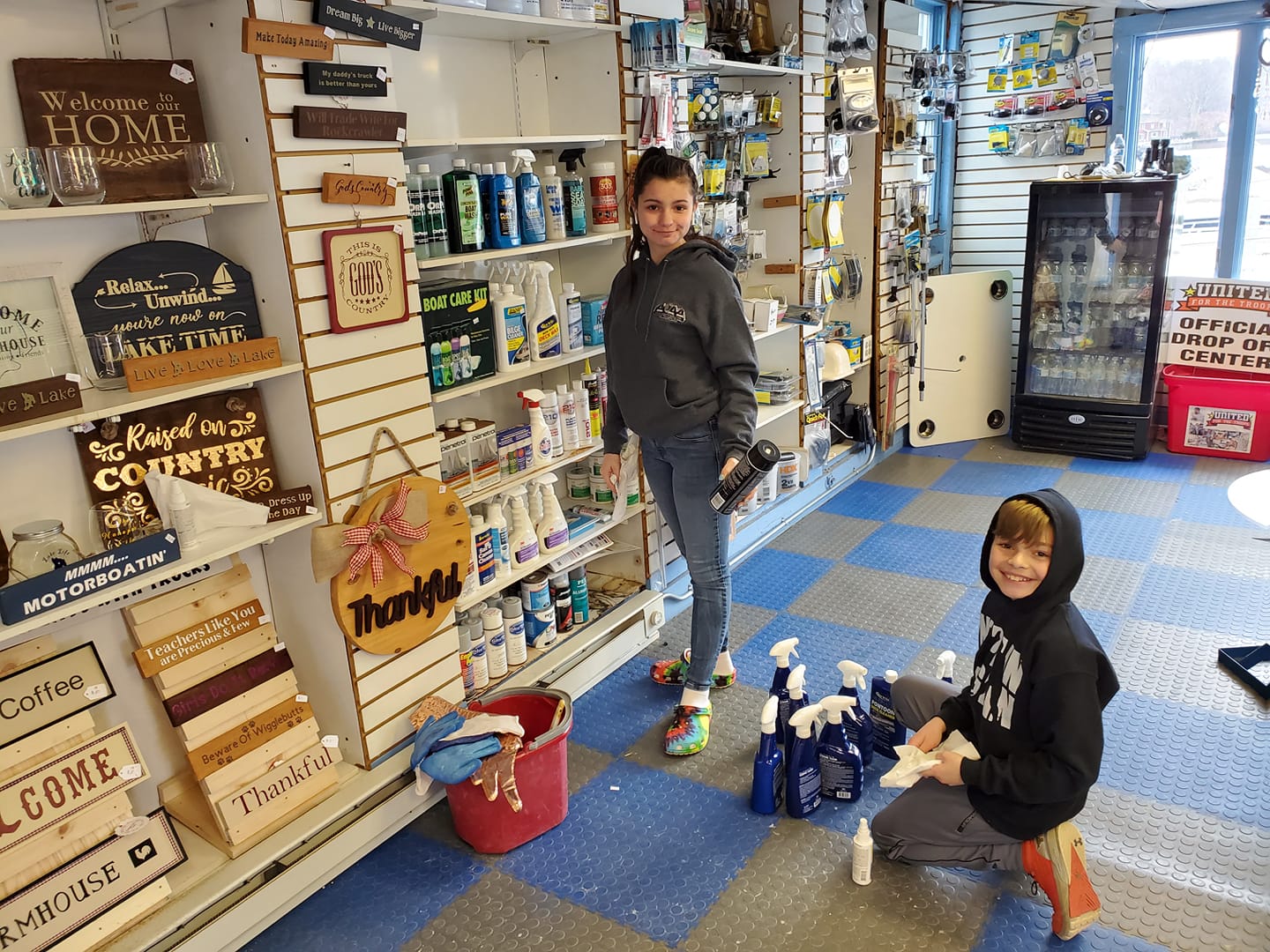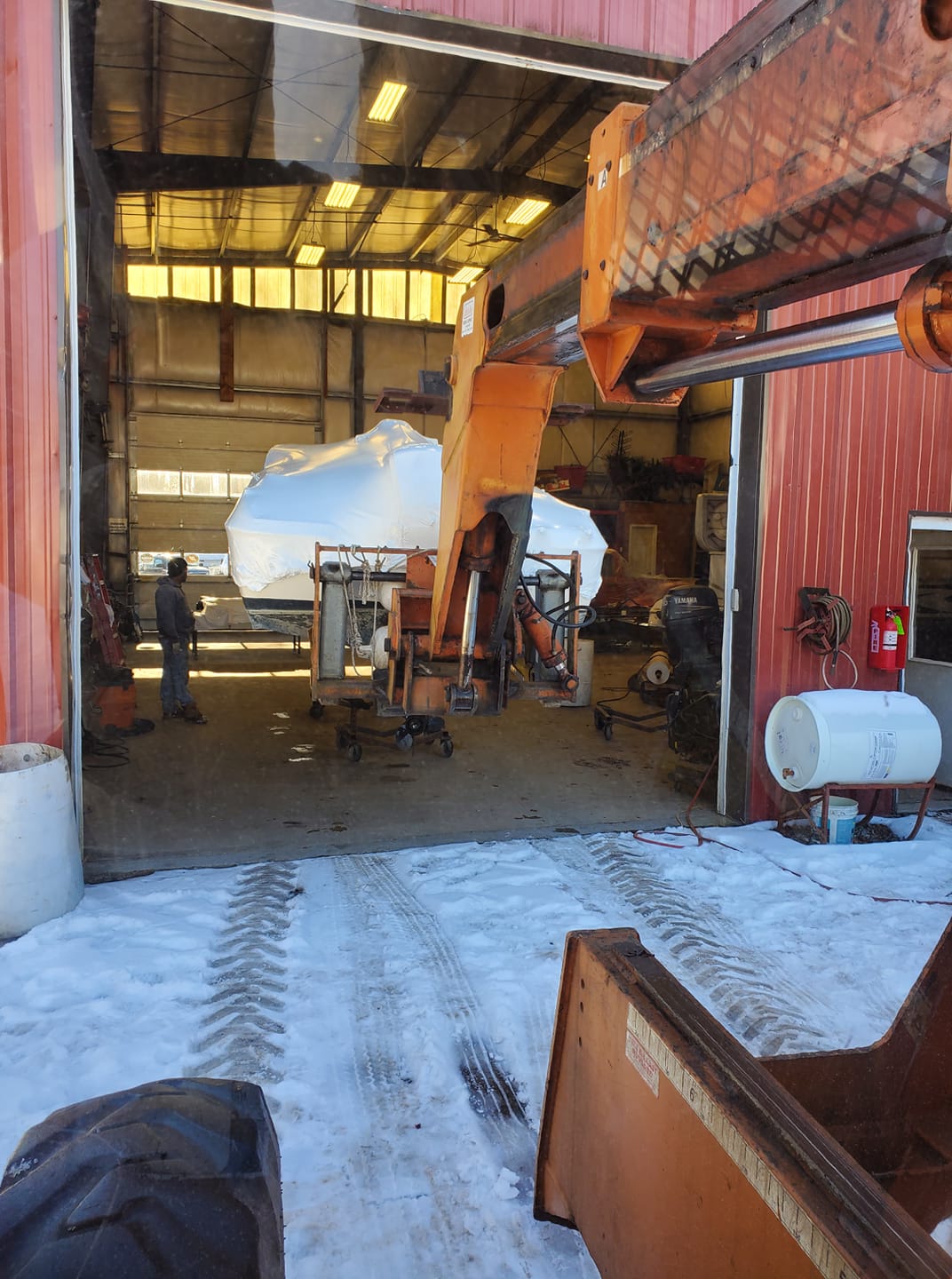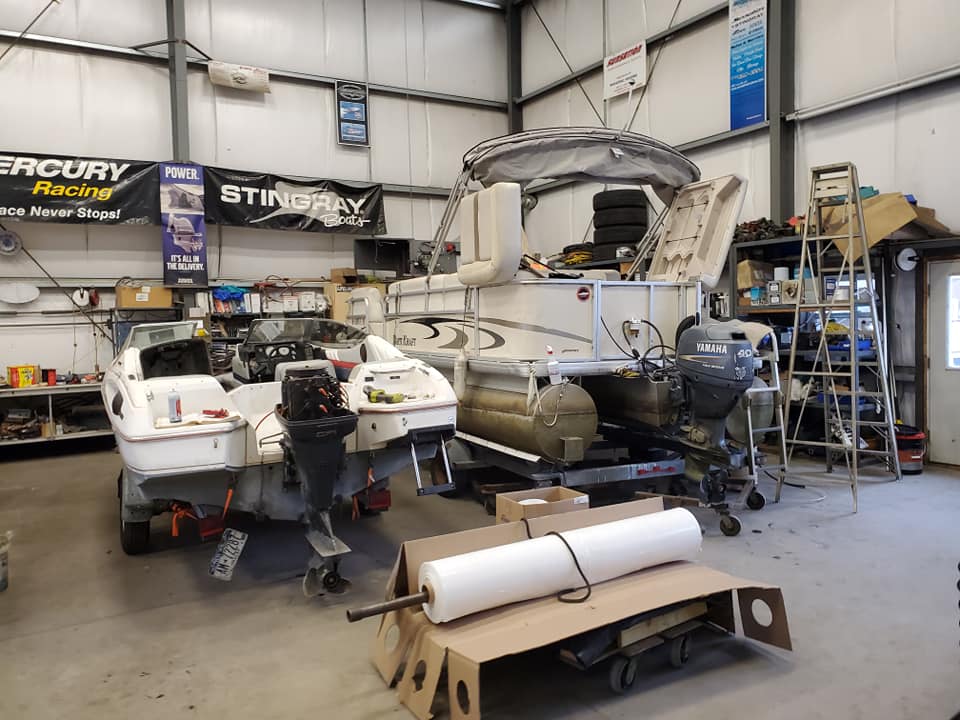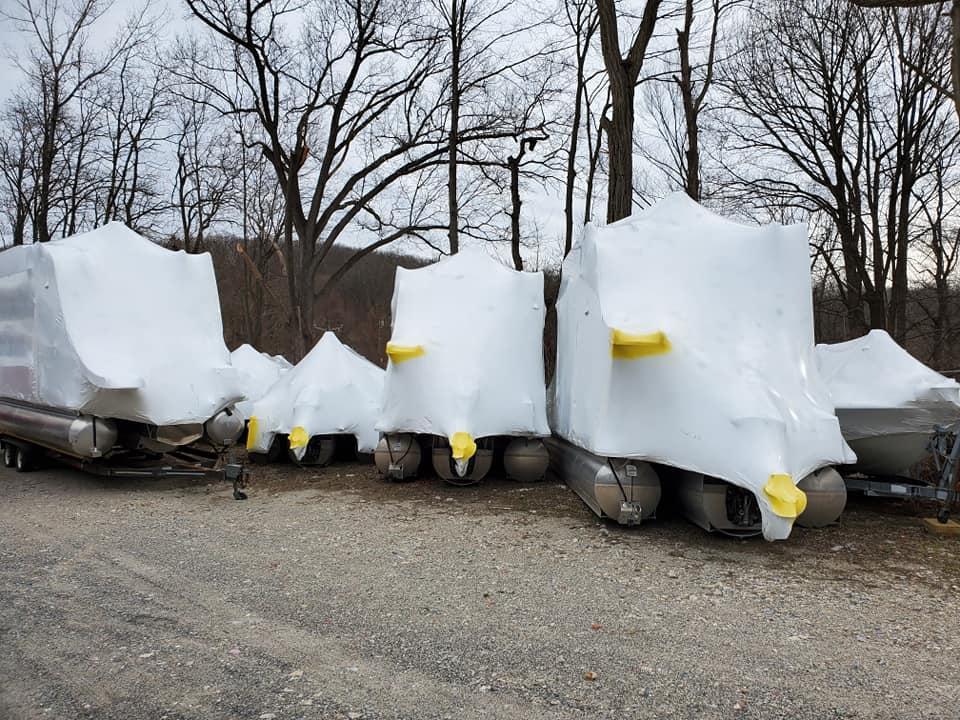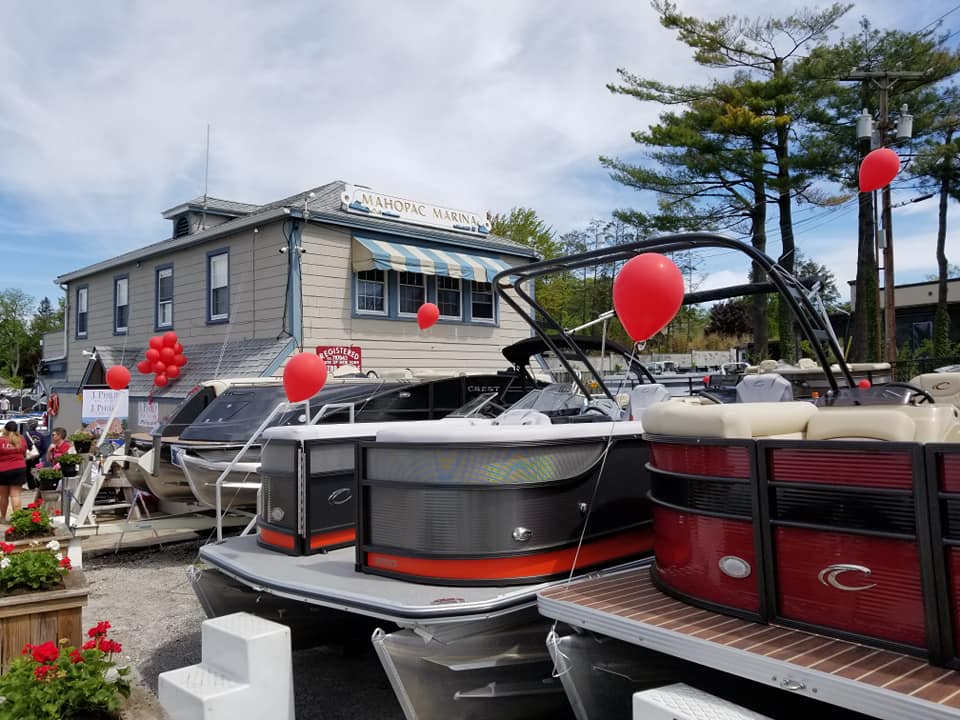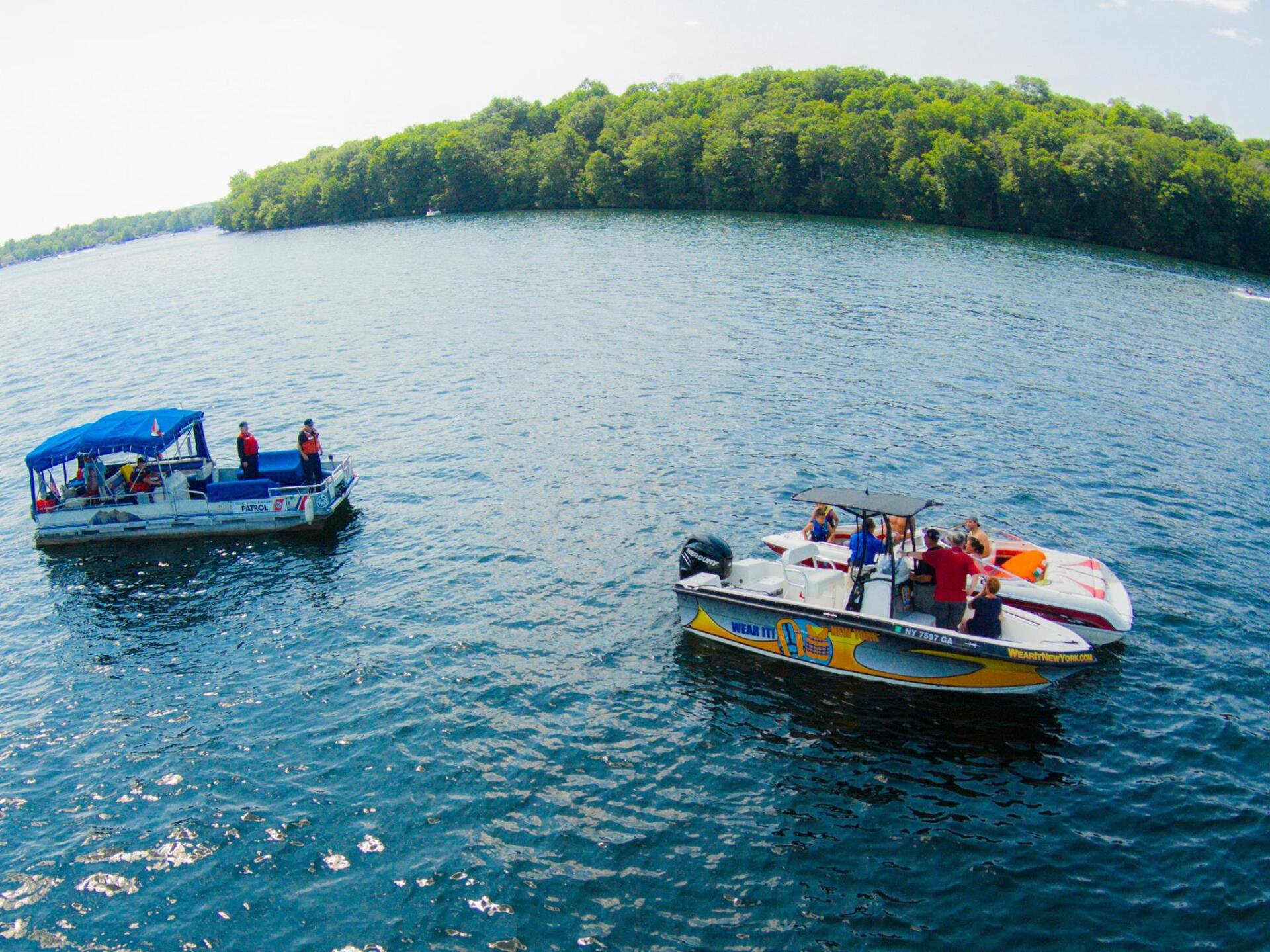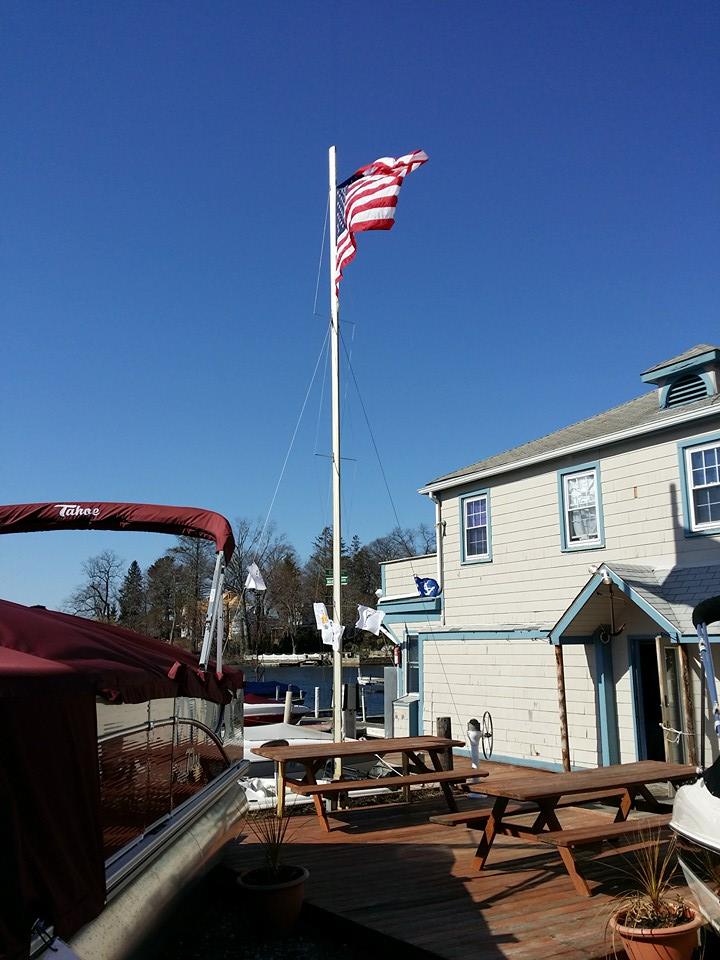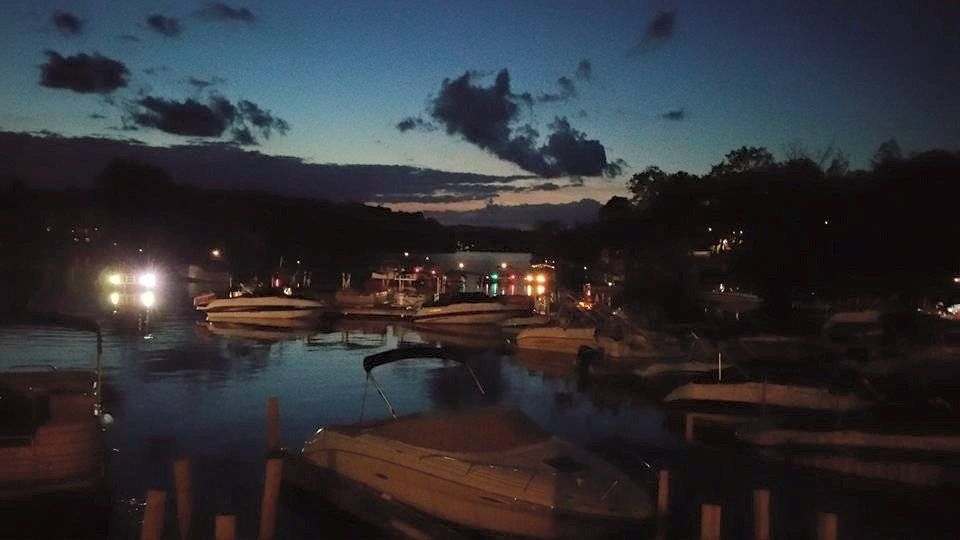Lake Mahopac, even on the earliest of maps, dating back to the American Revolution, was named Mahopac. This name is attributed to the Algonquain India word meaning “The Lake of the Great Serpent”. The Indian tribe that lived in this area were the Wappingers, one of the Algonquain Tribes.
During the French and Indian War, the Wappinger tribe moved their families north to Stockbridge, Massachusetts, and with 300 warriors, fought on the side of the British. After the war, when they returned to Mahopac, they found that their lands had been taken over by settlers, who turned the land into farms. The Chief of the Wappingers, Sachem David Ninham, appealed to, and even traveled to England to have the British Colonist government return the land to the Indians, but was refused, and the land was lost forever.
All of the now Putnam County was given to one Adolph Philipse in a land grant in 1697 by King William III. By 1754 that lands of Putnam County were divided up by Mr. Philipse’s heirs, and the area of Mahopac was owned by Roger and Mary Morris, a grand niece of Mr. Philipse.
The first settlers of the Mahopac area were tenant farmers who rented their land from the Morris’. The only excdption to this was a large fram, which was sold outright to William Hill, after whom our present Hill Street is still named. Along with the farmers the need for businesses were filled; a few Inns, 10 delis, a small grist mill, and an Iron Furnace Ship.
One of the first locations to develop was the corner of Route 6N, Hill Street and Myrtle Avenue. This was due to the fast running stream that flowed from Kirk Lake and Lake Mahopac, creating the necessary power to turn the large mill stones. A small mill was built in the early 1700′s, and when the Morris’ saw the potential, they immediately built a much larger one, which was the largest building in all the county. This mill was to play an important part in the coming American Revolution. One of the original mill stones can still be found as part of the front steps of the e Mills branch of the Mahopac Nation Bank. Since all of the building in the area were painted red, this area was called Red Mills for a long period of time.
Even though no battles were fought in the Mahopac area, it played an important part in the Revolution. Because of the size of the mill, it was guarded throughout the Revolution by soldiers so grain could be ground to supply the army with food. Mahopac was located on the main route between many area camps. We even claim that General George Washington spend time in the Inn of Captain John Crane, a marker for which is located on Route , at the intersection of East Lake Blvd.
After the Revolution, the tenant farmers were allowed to purchase the land from New York State, which took title to all lands after the war. The area remained primarily farmland until the mid 1800′s when it was discovered as a vacation spot because of its close location and beauty. The first hotel was guilt in 1843 and was called the Mahopac Hotel. Many more were to follow; the Gregory House (The Gregory House was owned by Louis Horton Gregory who was instrumental in developing Mahopac into a tourist attraction), the Carpenter House, the Baxter Hotel, the Thompson House, the Dean House and the Forest House. In addition to the hotel industry, other local businesses were logging, iron ore mining, and because of the crystal clear waters of the lake, ice for New York City.
The original location of the town of Mahopac has been changed three times. It was first centered on Croton Falls Road, south of the now present fire house and McAlpine Ave. When New York City took title of lakes in the area for their water supply, the village was burnt down because it was polluting the stream that lead into the reservoir. The town then moved up the hill to what is now McAlpine Avenue. It consisted of a school, the community hall (town hall in the center of the road), a boarding house, livery stable, and a general store, and a few houses. In time, with the establishment of Route 6, the business district was moved to its present location.
Mahopac- a nice place to live and work…says the Chamber of Commerce. Mahopac, a part of the Town o Carmel, houses all town government, including the police department. It has always been known for its lake; the joy of swimmers and boaters in the summer, skaters and ice boaters in the winter, and fishermen all year round.
At one time, Mahopac was known for its hotels and as a summer resort. Today the weekenders have become year round residents. There are many activities for all, including two golf courses, cultural and historic centers, and both historic and modern houses of worship.
Industrial development is still in its infancy, but in these past years outsiders have come to inspect the community and see its possibilities.
For more information, contact:
The Town of Carmel Historic Society
McAlpine Ave, Mahopac NY 10541



